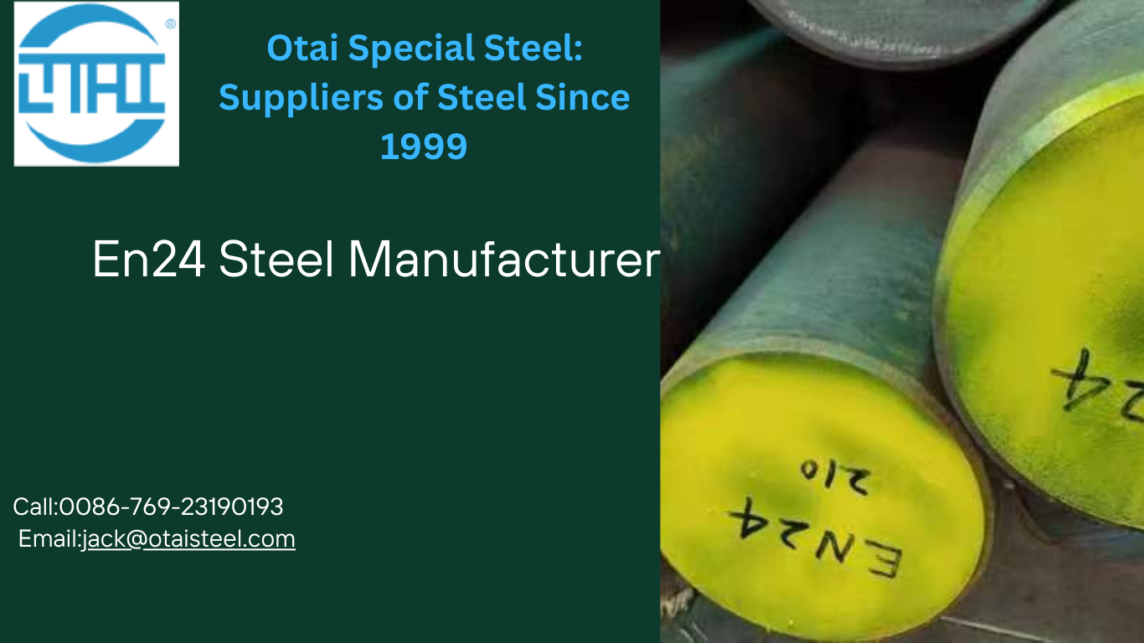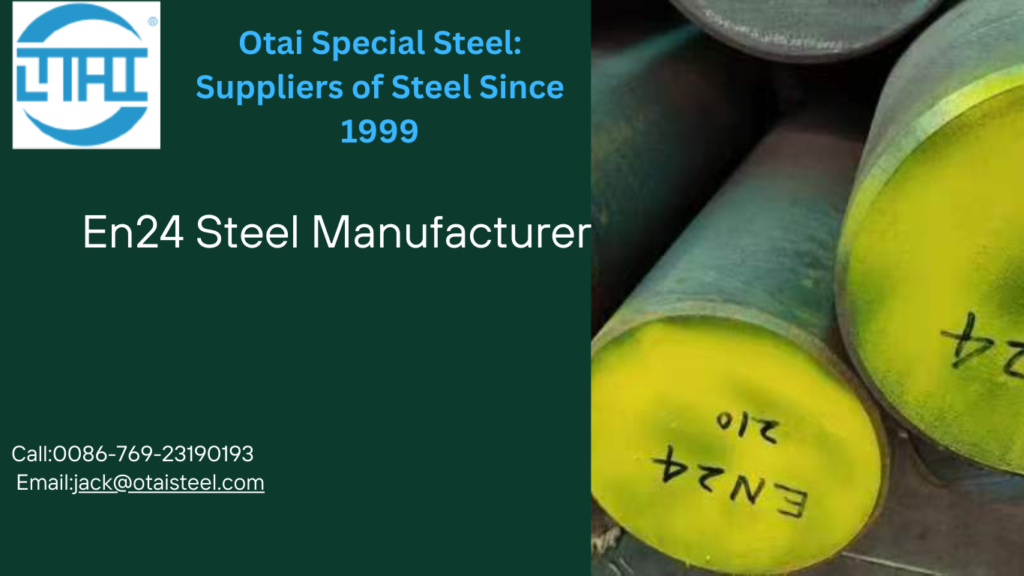Introduction
Welcome to Dongguan OTAI Special Steel’s comprehensive guide on machining EN24 steel. For those eager to elevate their steel machining skills, you’re in for a treat. This guide is meticulously crafted to cater to the specific needs of enthusiasts searching for precise information on EN24 steel machining.
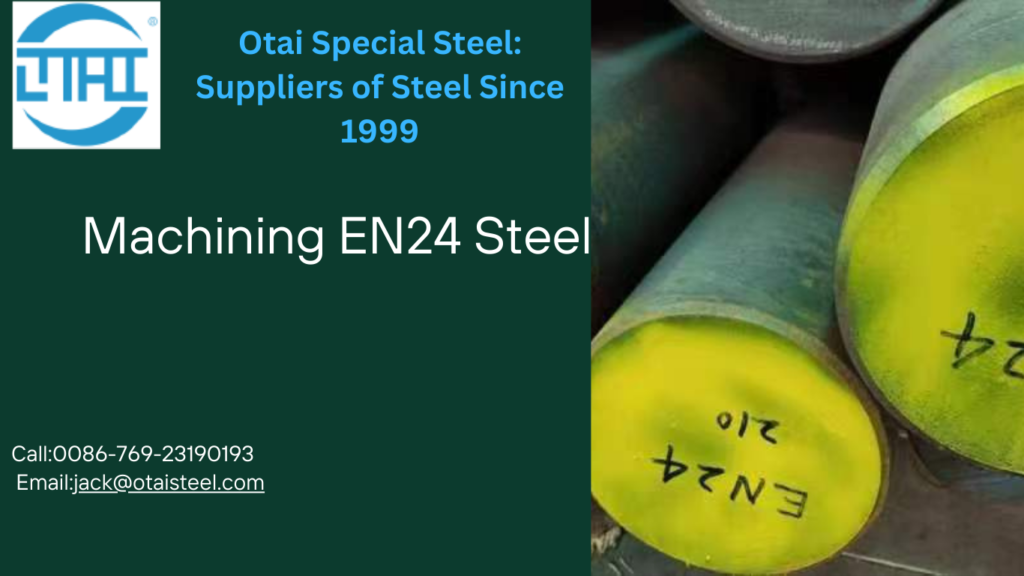
Machining EN24 Steel
Understanding the Basics
EN24 steel, known as 817M40T, is a steel aficionado’s dream material, prized for its exceptional strength, toughness, and wear resistance. Now, let’s dive straight into the content that meets the immediate needs of our users.
Optimizing Turning Operations for EN24 Steel
Are you looking to master turning operations on EN24 steel? We’ve got you covered with detailed insights:
-
Ideal Cutting Speeds for Turning
- Achieve precision with cutting speeds ranging from 180 to 250 meters per minute.
-
Recommended Inserts for Turning
- Choose the right inserts for turning success. We recommend carbide inserts with TiAlN coating for extended tool life.
-
Tips for Precision Turning
- Achieving precision is an art. Learn the trade secrets to enhance your turning game. Regularly inspect and replace inserts, maintain machine rigidity, and optimize chip evacuation for smooth operations.
Milling Mastery with EN24 Steel: Cutting Speeds and Feeds
In milling operations on EN24 steel, achieving the right balance of cutting speeds and feeds is paramount for efficiency and surface finish. Consult the table below for recommended cutting speeds and feeds based on the type of milling operation:
| Milling Operation | Cutting Speed (m/min) | Feed Rate (mm/tooth) |
|---|---|---|
| Face Milling | 80-120 | 0.15-0.30 |
| Peripheral Milling | 150-200 | 0.08-0.15 |
| Slot Milling | 60-80 | 0.10-0.20 |
These values serve as a starting point, and adjustments may be needed based on the specific conditions of your machining setup. Experiment with small adjustments and monitor the results to achieve optimal milling performance.
Drilling into Excellence: Choosing the Perfect Drill Bit for EN24 Steel
Selecting the right drill bit for drilling into EN24 steel involves considering the material, geometry, and coating. Refer to the table below for general recommendations:
| Drill Bit Type | Material | Coating |
|---|---|---|
| Twist Drill | High-Speed Steel (HSS) | TiN Coating |
| Solid Carbide Drill | Carbide | TiAlN Coating |
| Indexable Insert Drill | Carbide Inserts | AlCrN Coating |
Each type has its advantages, so choose based on the specific requirements of your drilling operation. Carbide drills with advanced coatings are preferred for extended tool life and improved performance.
Optimal Grinding Wheel Recommendations
Selecting the right grinding wheel is critical for achieving precise results in grinding operations on EN24 steel. Consider the following recommendations:
| Grinding Operation | Recommended Wheel Type |
|---|---|
| Surface Grinding | A/O (Aluminum Oxide) for general purpose |
| Cylindrical Grinding | CBN (Cubic Boron Nitride) for high hardness |
| Centerless Grinding | Ceramic Alumina for efficient stock removal |
Ensure that the chosen wheel is compatible with EN24 steel and matches the specific requirements of your grinding application. Regularly dress and tie the grinding wheel for optimal performance.
Ensuring Safety in EN24 Steel Machining: Protective Gear Recommendations
Safety should always be a top priority in machining operations. Here are the recommended protective gear for working with EN24 steel:
| Protective Gear | Purpose |
|---|---|
| Safety Glasses or Goggles | Eye protection against debris |
| Ear Protection | Hearing protection from noise |
| Steel-toed Boots | Foot protection from heavy objects |
| Gloves | Hand protection from sharp edges and hot surfaces |
Always adhere to safety guidelines and regulations, and ensure that protective gear is worn consistently during machining activities.
Conclusion
These specific values and recommendations, combined with practical tips and real-world insights, aim to empower machining professionals to excel in working with EN24 steel. Keep innovating, keep machining, and stay tuned for more insights from Dongguan OTAI Special Steel. Your journey to mastering EN24 steel machining starts here.
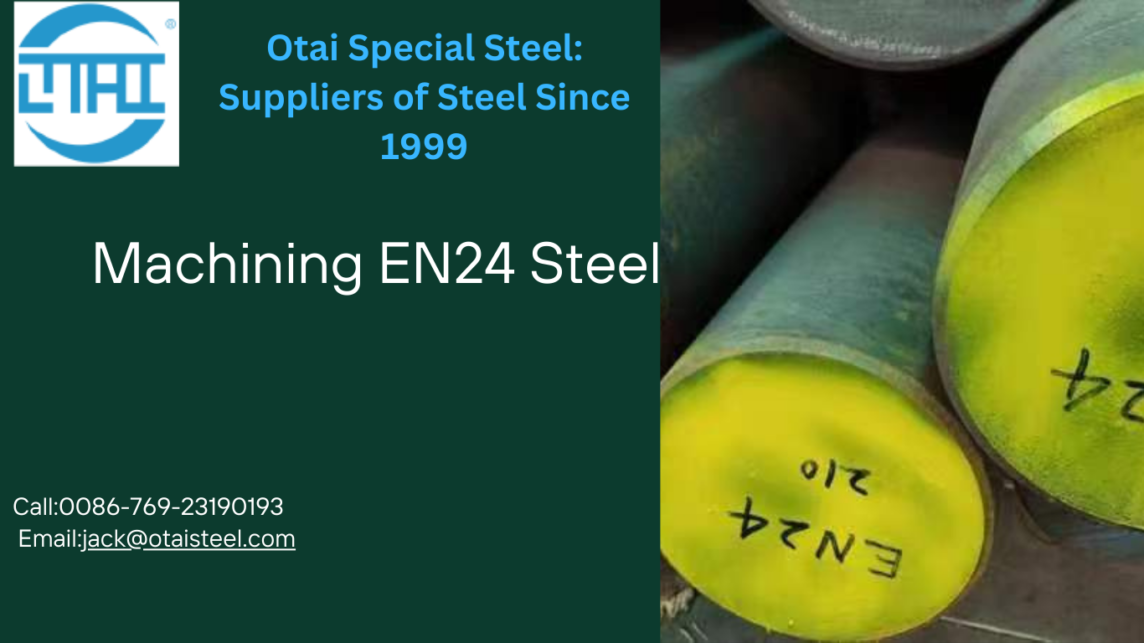
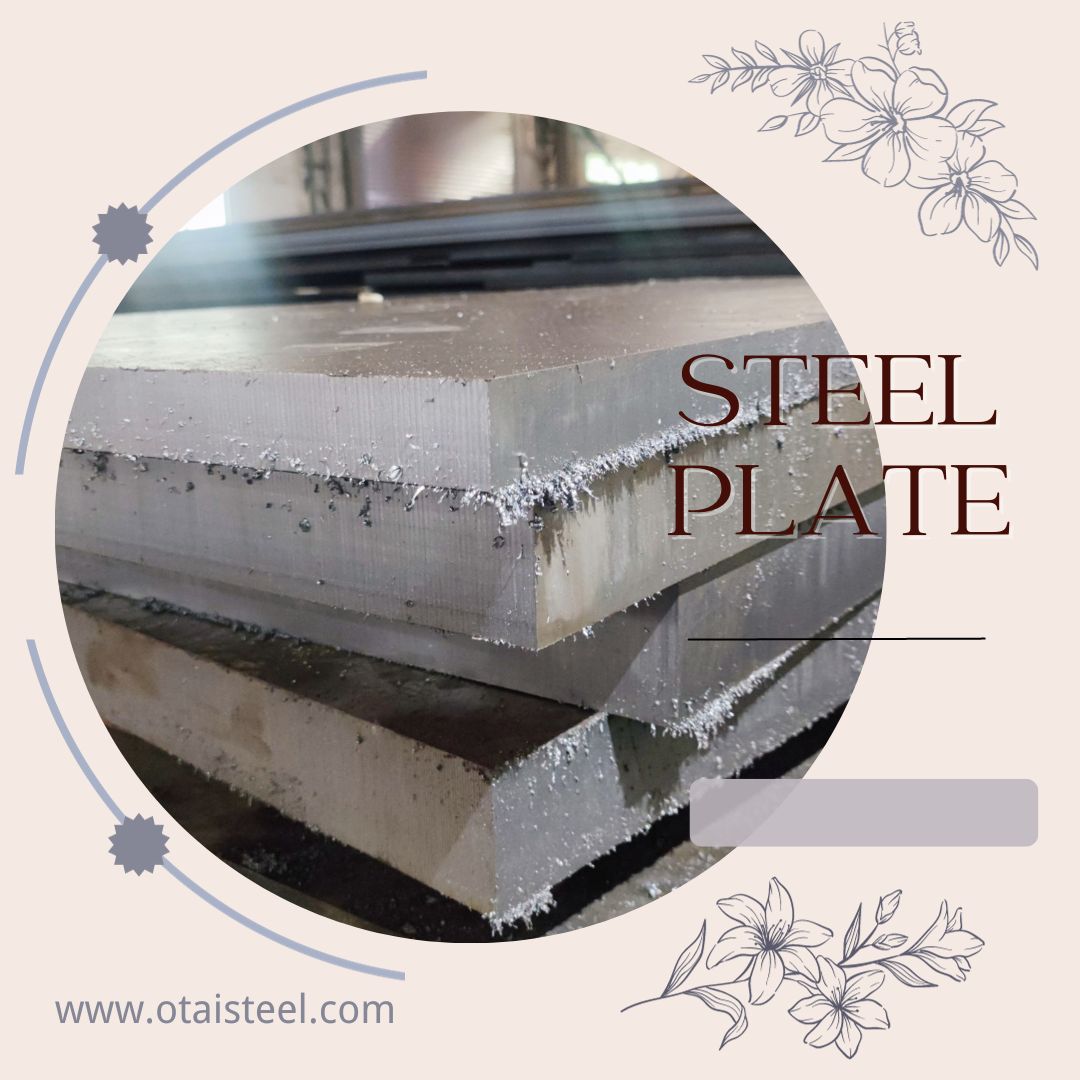 In the heart of engineering challenges, 34CrNiMo6 has emerged as a stalwart companion. Comprising chromium, nickel, and molybdenum, this alloy boasts a unique combination of properties that sets it apart. Its journey through time reflects not only its robust nature but also its ability to adapt to the evolving demands of industries.
In the heart of engineering challenges, 34CrNiMo6 has emerged as a stalwart companion. Comprising chromium, nickel, and molybdenum, this alloy boasts a unique combination of properties that sets it apart. Its journey through time reflects not only its robust nature but also its ability to adapt to the evolving demands of industries.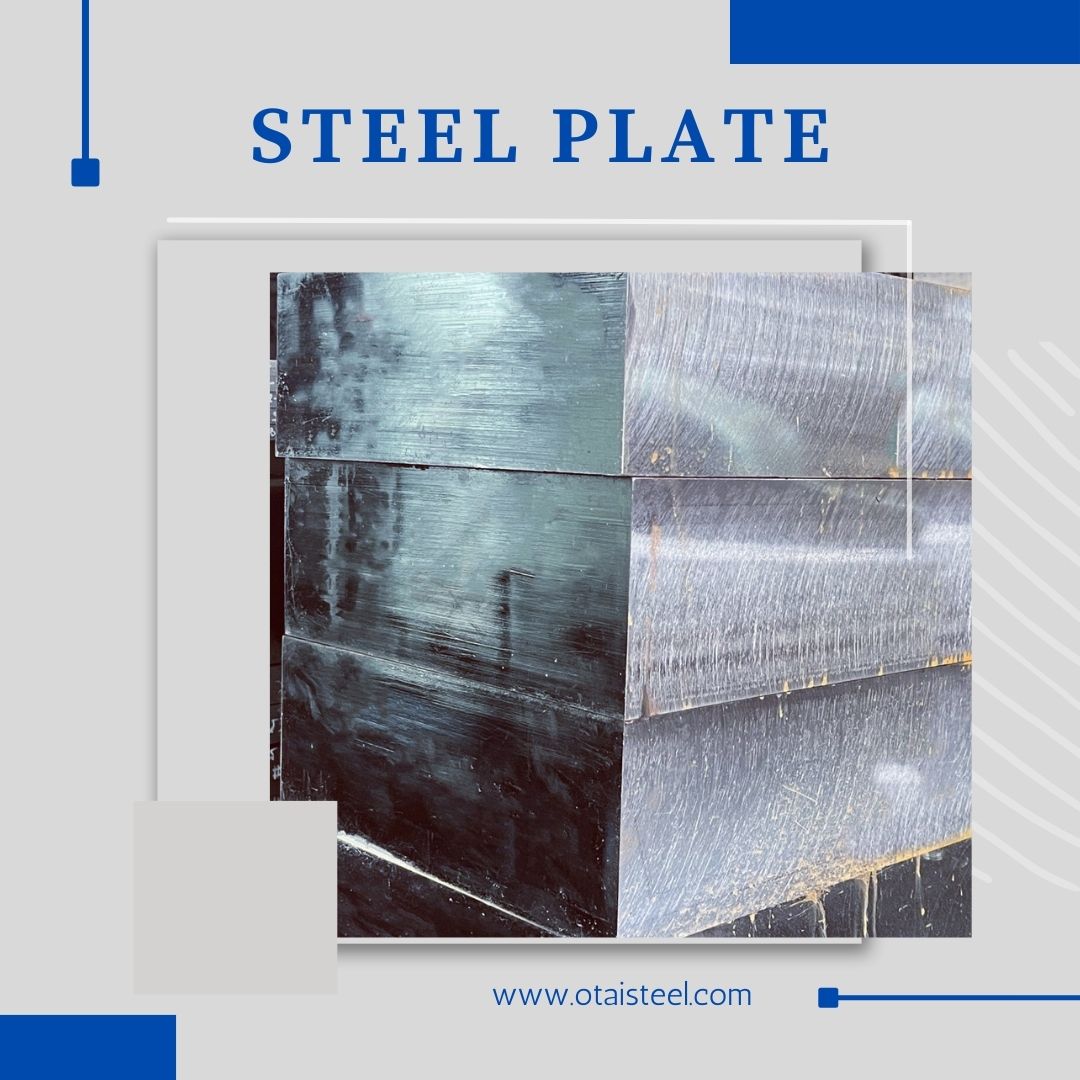 In the realm of engineering and manufacturing, the significance of 34CrNiMo6 steel components cannot be overstated. This alloy, known for its robustness and versatility, serves as the backbone for various critical applications. However, to elevate its performance and longevity, the spotlight turns to the crucial aspect of surface treatment. This exploration unveils why surface treatment is paramount for 34CrNiMo6 steel components and how it contributes to their overall functionality.
In the realm of engineering and manufacturing, the significance of 34CrNiMo6 steel components cannot be overstated. This alloy, known for its robustness and versatility, serves as the backbone for various critical applications. However, to elevate its performance and longevity, the spotlight turns to the crucial aspect of surface treatment. This exploration unveils why surface treatment is paramount for 34CrNiMo6 steel components and how it contributes to their overall functionality.